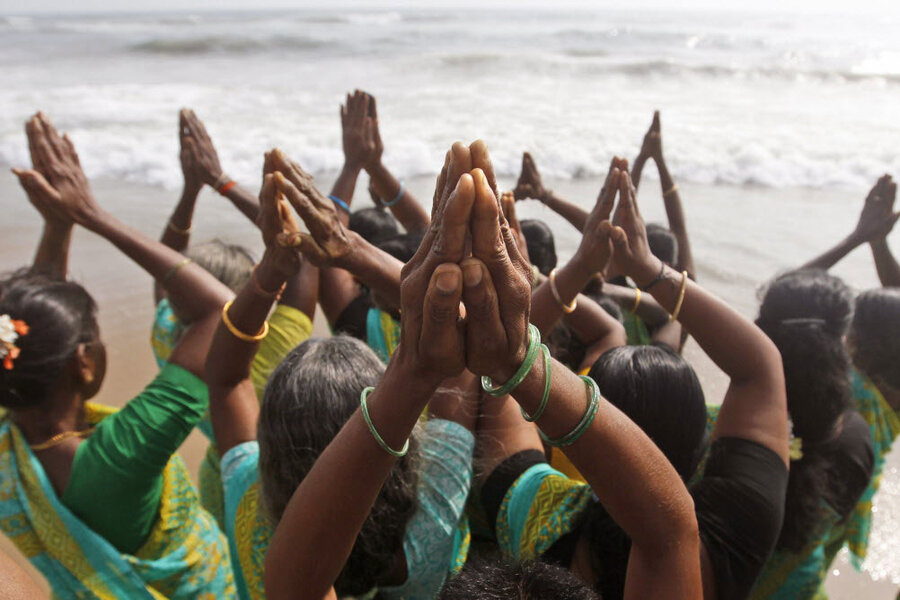Pacific northwest earthquakes: More to come?
Loading...
A magnitude 4.8 earthquake struck near Tofina, Canada Wednesday night less than 200 miles west of Vancouver, prompting officials to reassure the public that a tsunami wasn't coming.
Global News also reported that five earthquakes, two of them on the weekend of December 20 and 21, have struck around Vancouver Island since December 3. The most powerful one in the span was a 5.2 magnitude earthquake about 130 miles west of Vancouver Island that was felt as far as Metro-Vancouver.
Earthquakes are common in this region, where the Juan de Fuca Plate meets the Pacific tectonic plate. Few are actually felt by people, but the concern remains that the Big One is only one tremor away, and that it could cause a tsunami. The USGS magnitude scale defines any earthquake with a magnitude six or higher will start to cause damage to structures. The scale runs from one to ten.
What makes earthquakes so terrifying is that there are so few clues available to geologists in their attempts to pin down when a major earthquake could occur. The Christian Science Monitor profiled American geologist Kerry Sieh, director of the Earth Observatory of Singapore, when he traveled to Aceh to examine exposed sea cliff features along the ocean to observe the layers of sand that past tsunamis have dumped onto the island.
Observing face of the cliff, he could determine that the sea level used to be much higher, and that tsunamis over the years have washed more and more sand on the shore, which created natural layers that could give Mr. Sieh a clue towards the frequency of tsunamis over time. In many ways geologists have to work in reverse for this method dubbed "paleo-geology."
While finding an accurate way to determine an imminent earthquake still eludes scientists, early-warning systems for tracking tsunamis are making a life-saving difference. The National Oceanic Atmospheric Administration (NOAA) has installed 39 Deep-ocean Assessment and Report of Tsunami or DART buoys featuring two-way satellite communication, with 32 in the Pacific and seven in the Atlantic. .According to NPR, small contingency of countries also operate DARTs, bringing the total 59 worldwide.
“Really the biggest lesson I learned from that was just how critical it was for all coastlines to be covered by a tsunami warning system,” says Paul Whitmore, head of the National Tsunami Warning Center in Alaska told NPR. “In 2004 our response time was more on the order of ten to fifteen minutes. So comparatively we’ve sped up by a factor of two.”
The NPR story also reported that information-sharing between governments has increased since the 2004 tsunami and this has driven down warning times Now, US observation centers are staffed around the clock, instead of just business hours back in 2004.






